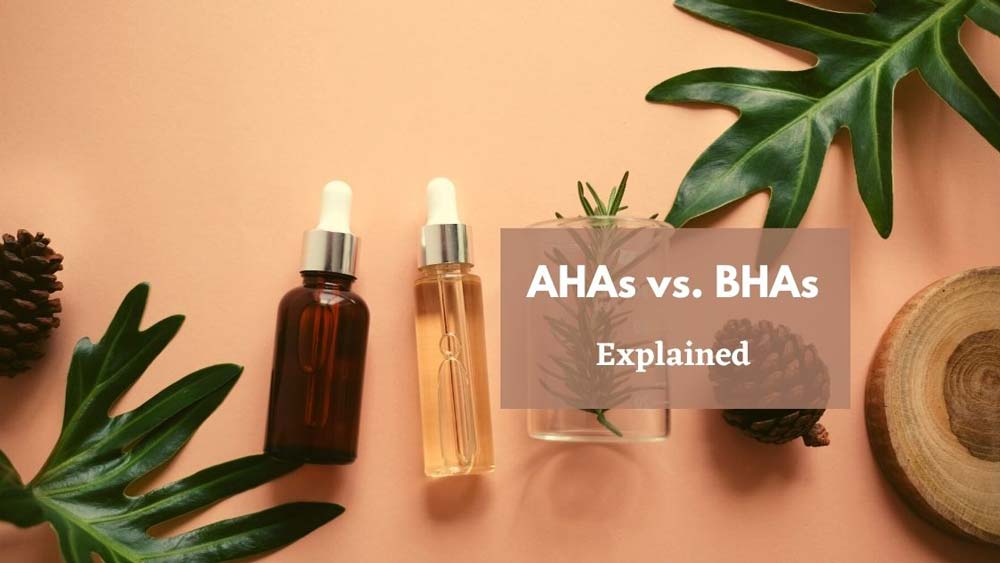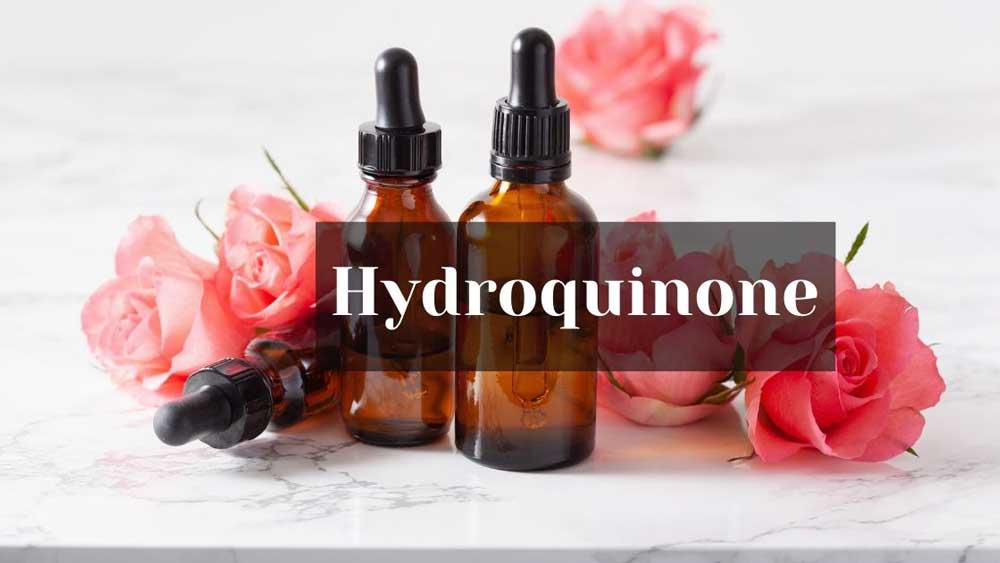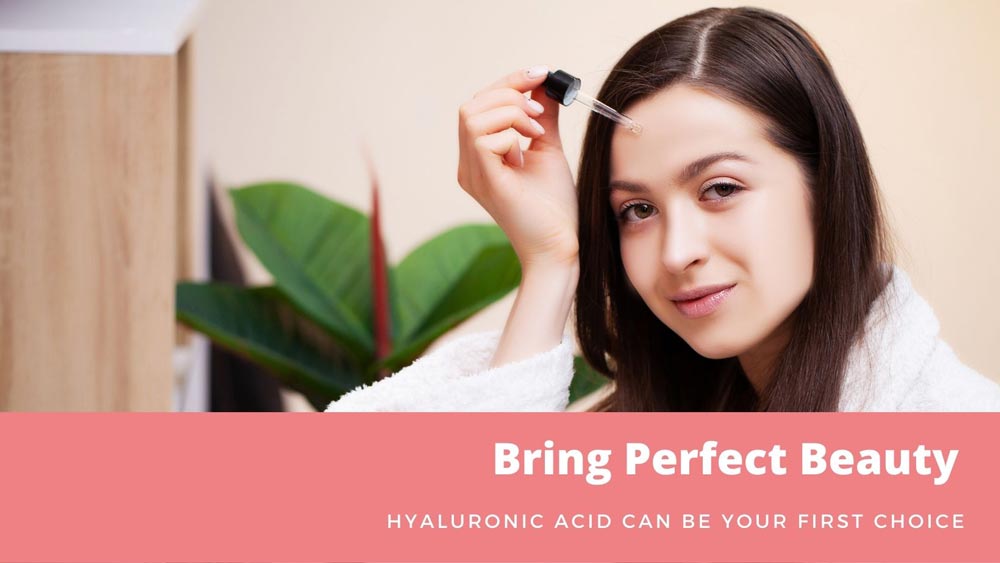![Best guide to use Azelaic Acid in your skincare routine [Exclusive] Azelaic Acid](https://londonserum.com/wp-content/uploads/2021/08/azelaic-acid-feature.jpg)
For those who don’t want to use retinol or retinoid for treating acne, azelaic acid can be the best choice. Sometimes newbies can’t adapt to retinoid as it’s a very powerful and active ingredient and can dry out your skin after applying it for one or two weeks which may not good for any sensitive skin.
But I am not saying retinol is not good for skin or treating acne. The second and third generations of retinoids like tretinoin, adapalene, tazarotene that all are families of retinol and are absolutely good for treating acne, wrinkles, and fine lines as well.
to learn more about retinol and how it fades your wrinkles, fine lines you may read it
But there are some different properties that Azelaic acid have is outstanding for treating acne and post-inflammatory hyperpigmentation and also lots of lots of benefits you will notice after applying it.
Here I am going to disclose how to use Azelaic acid in your skincare routine and the benefits of azelaic acid, the side effects of it, and most importantly what ingredients can be mixed with it and what can not be.
Now let’s dive into the main point
What is azelaic acid
Azelaic acid is a naturally occurring dicarboxylic acid and found in the skin as our body is already producing azelaic acid. It can also be found in wheat, rye, and barley.
It is anti-inflammatory and anti-commedonal which means it helps to treat acne and unclog pores.
It’s also known as a tyrosinase inhibitor that helps to reduce hyperpigmentation.
Azelaic acid can be found in different formulations like cream, lotion, gel, and serum type. Azelaic acid is in the form of a medication called dicarboxylic acid.
In a word, it helps to treat mild to moderate acne, rosacea, and post-inflammatory hyperpigmentation.
READ MORE: KLAIRS Freshly Juiced Vitamin C Serum Review
Benefits of azelaic acid for skin
Azelaic acid plays a very important role in post-inflammatory hyperpigmentation and acne by inhibiting tyrosinase means decreases the production of melanin.
![Best guide to use Azelaic Acid in your skincare routine [Exclusive] BENEFITS OF AZELAIC ACID • Best guide to use Azelaic Acid in your skincare routine [Exclusive]](https://londonserum.com/wp-content/uploads/2021/08/BENEFITS-OF-AZELAIC-ACID.jpg)
Mainly it decreases the hyperactive melanin produced in the skin. It helps to regulate that hyperactive melanin. This one is absolutely good for those who have acne as it is bactericidal. So many benefits you will get after applying it, that’s why dermatologists like it very much, and are popular among teenagers and even breastfeeding.
Let me go deep and explain the benefits of it. Let’s go….
Azelaic acid for acne
There are lots of reasons why azelaic acid is called the best for treating acne. According to research, it has the antioxidative effect, bactericidal or called anti-bacterial which means it kills the bacteria that help to produce acne.
It is also anti-inflammatory, so it downs the process of inflammatory in the skin.
Another important thing is that it is anti-commedonal means it helps to reduce the tendency of having clogged pores.
A study that continued for 16 weeks shows that azelaic acid 15% foam is absolutely safe and effective in facial acne vulgaris.
These all properties of azelaic acid helps to prevent from being acne in the skin by unclogging your pores, killing bacteria, and slowing down the process of inflammatory.
Helps to reduce post-inflammatory hyperpigmentation
Azelaic acid is super effective in decreasing the amount of excessive melanin as it works as a tyrosinase inhibitor and that is the most important for treating melasma, rosacea, post-inflammatory hyperpigmentation, post-inflammatory erythema as well.
Azelaic acid targets the overactive melanin and then regulates that overactive melanin which is absolutely fabulous for treating melasma, acne, and PIH and reducing dark spots as well.
READ MORE: Drunk Elephant Lala Retro vs Protini Review, Comparison
Improve skin texture
According to research Azelaic acid has the property like keratolytic, comedolytic, and a little bit exfoliant. But it’s not so strong exfoliator as retinol does. Keratolytic means helps to reduce the amount of keratin or dead skin cells which makes your pores clog.
![Best guide to use Azelaic Acid in your skincare routine [Exclusive] Improve skin texture](https://londonserum.com/wp-content/uploads/2021/08/Improve-skin-texture-.jpg)
So azelaic acid prevents the tendency of having your pores clog. And its exfoliant property helps to smooth skin as it decreases the thickness of the stratum corneum of the skin and thus removes dead skin cells and improves your skin texture.
Well tolerated and safe
Azelaic acid really takes the heat out of an inflammatory problem since it turning down the inflammatory process. So when you apply azelaic acid with other active ingredients it can make you more tolerant.
It is safe. A study shows that Azelaic acid gel and foam that contains 15% azelaic acid has proven that 15% is a safe and effective topical therapy for moderate facial rosacea. It also has proven its anti-keratinizing, anti-inflammatory effects, and anti-microbial action.
Plays well with other active ingredients
Azelaic acid is very stable and effective with your other active ingredients like vitamin c, niacinamide, and salicylic acid. But it depends on your skin condition as well. If you feel any irritation or redness after applying it with other active ingredients then better discontinue it or discontinue other active ingredients.
Get deep knowledge about the benefits of azelaic acid
What is azelaic acid good for?
Topical Azelaic acid has so many beneficial properties like anti-inflammatory, bactericidal, anti-keratinizing effects which help to kill bacteria, remove dead cells, down the process of inflammatory. It’s also known as a tyrosinase inhibitor means decreases excessive melanin production which is good for those who have rosacea, melasma, post-inflammatory hyperpigmentation.
Does azelaic acid thicken skin?
Not actually, it helps to kill the bacteria which cause acne, pustules in the skin and improve skin texture. Also helps to decrease post-inflammatory hyperpigmentation. But if you want to thicken your skin you can apply azelaic acid and niacinamide together.
Does azelaic acid help dark spots?
Yes, azelaic acid helps to fade dark spots. Basically, Azelaic acid decreases the amount of hyperactive melanin and targets them, and then helps to down-regulate that overactive melanin which helps to lighten dark spots.
How long does it take for azelaic acid to work?
Unfortunately, it takes a long time to work almost 4 to 6 months. It’s an absolutely slow process, for that reason, it is good for newbies and those who have extremely sensitive skin. Takes time but works well with fewer side effects.
READ MORE: How to apply serum on face and choose them properly
Is azelaic acid anti aging?
![Best guide to use Azelaic Acid in your skincare routine [Exclusive] Is Azelaic Acid Anti Aging?](https://londonserum.com/wp-content/uploads/2021/08/ANTI-AGING-AZELAIC-ACID.jpg)
Not at all, it doesn’t help to produce new skin cells or protein in the skin that means it doesn’t help to fade your wrinkles and fine line. But it helps to reduce acne, acne scars, its anti-keratinizing property help to remove dead skin cells and thus improves skin texture.
Can you use azelaic acid around eyes?
No, don’t use it around your eyes and mouth or any sensitive areas like the rectum and vagina. If it happens rinse it off with water in a hurry.
Does azelaic acid boost collagen?
No, not at all. Basically, this drug is not developed to boost your collagen. But it has an anti-keratinizing property that helps to remove dead skin cells and thus improve your skin texture and is also effective for treating acne and post-inflammatory hyperpigmentation.
How to use Azelaic acid in your skincare routine
As azelaic acid is an antioxidant that helps to protect your skin from UV rays and any visible light so you can apply it in your morning skincare routine.
Dr. Alexis Stephens a very well-known board-certified dermatologist suggests applying azelaic acid in AM routine.
Azelaic acid and vitamin c together
Let’s see how she suggested applying azelaic acid in AM routine
First step: Dr. Stephens said to cleanse your skin with a good 0.5% salicylic acid. well if you have no ideas how to unclog pores you may read it
Second step: apply vitamin c (if you use vitamin c products like a serum)
Third step: now apply azelaic acid
Fourth step: apply moisturizing SPF that has vitamin B3 and also has niacinamide.
Or you can apply vitamin c during the daytime and azelaic acid at night.
She also says azelaic acid can cause a little bit of itch or tingle at the beginning of use which only lasts for a few seconds. So she recommended putting azelaic acid in a refrigerator or mini skincare fridge to mitigate the beginning side effects.
Dr. Stephens also suggested applying moisturizer before applying azelaic acid just to adapt with this initially. So if anyone feels irritation or itchiness you can apply moisturizer as it will work as a safety barrier on your skin.
Now let’s see what Dr. Davin Lim says about azelaic acid
Dr. Davin says “if you use retinol or retinoic acid at night you can use azelaic acid half an hour before or you can use it in the morning”.
Azelaic acid and retinol together
That means if you want to use azelaic acid with ascorbic acid so apply ascorbic acid during daytime and azelaic acid at night
If you want to apply azelaic acid with retinol or retinoic acid so you should apply azelaic acid during the daytime and retinol at night.
According to Dr. Sam Bunting Global brand ambassador to Dolce & Gabbana Skincare apply azelaic acid with 13 dot techniques three dots on the forehead, 3 for cheeks, 2 on the chin, 2 on the nose even she also follows this rule.
She also told that you can apply azelaic acid with niacinamide.
Azelaic acid and niacinamide together
Dr. Sam says “if you are using niacinamide with azelaic acid, that can go anywhere in your skincare routine because it penetrates in the skin super easily”.
I would tend to use that after an azelaic acid product she says. Also added that if you use azelaic serum feel free to put niacinamide on afterward.
She also suggested avoiding the eyes and mouth area. If you apply those sensitive areas rinse them off with water in a hurry.
Get deep knowledge about how to apply azelaic acid
Can you use azelaic acid everyday?
Yes, you can use azelaic acid every day if your skin can adapt to that. Daily application of azelaic acid can reduce post-inflammatory hyperpigmentation, acne, rosacea, melasma.
What should you not mix with azelaic acid?
There are no hard and fast rules not to mix azelaic acid with other acids. But if you have a problem like allergy in your skin so don’t use azelaic acid with AHAs and BHAs and of course don’t mix azelaic acid with hydroquinone as they both inhibit the production of excessive melanin.
Can I use Vitamin C and azelaic acid together?
Yes, of course. You can apply vitamin c in the morning and azelaic acid at night. But if you want to mix it together, so you can apply vitamin c at first and apply azelaic acid afterward. Don’t forget to apply sun protection cream after applying them.
Azelaic acid vs hydroquinone
Study shows that 20 % Azelaic acid is more effective than gold standard 4% hydroquinone for treating mild melasma. Hydroquinone is also good for treating post-inflammatory hyperpigmentation. But hydroquinone shows some side effects if it is not applied properly.
Another double-blind clinical study shows that 73% of azelaic acid (20%) patients compared with 19% of hydroquinone (2%) patients had good to excellent overall results in reducing melasma pigmentary intensity and lesion size. and mild to moderate irritant was noticed initially with both test drugs.
Side effects of azelaic acid topical
Azelaic acid can undoubtedly cause a little bit of itch or tingle in the beginning use, says Dr. Stephens. It can also cause severe burning, stinging, and warmth, itching, redness, dryness, even changes in skin color.
To avoid this kind of problem at first apply 10% -15% azelaic acid 3 times a week. The next week apply it 4 to 5 times, apply every day from the third week. This rule is for newbies and those who have very sensitive skin types. Or you can apply moisturizer before applying azelaic acid as it will work as a skin barrier and protect your sensitive areas like eyes and mouth area.
After adapting to this you can apply it even twice a day with 20% azelaic acid. Though in the United States you are not able to find 20% azelaic acid over the counter.
Bottom lines
Now let’s check one more time what does azelaic acid do
- Helps to reduce post inflammatory hyperpigmentation
- Treat acne and acne scars as it is anti-bacterial
- Improve skin texture as it is anti-keratinizing
- Has little Exfoliating property
- Good for those who have melasma, rosacea, breakout and congested skin
- Helps to suppress pigment formation which is good for tackling uneven skin tone
- Also can cause irritation, redness,, itchiness, stinging. If you face those, discontinue it or consult with your dermatologist
- Takes long time to work, almost 4 to 6 months
Now time to get special tips
![Best guide to use Azelaic Acid in your skincare routine [Exclusive] If you have allergy in your skin, avoid it or consult with dermatologist](https://londonserum.com/wp-content/uploads/2021/08/TIPS-AZELAIC-ACID.jpg)
What should you do
- Must wear sunscreen after applying it
- If you have allergy in your skin, avoid it or consult with dermatologist
- Keep it in skincare mini fridge or your refrigerator
- Avoid alcohol based any products or harsh soap
What should not do
- Don’t apply it with hydroquinone
- Don’t put it in warm place
- Don’t apply 20% azelaic acid if you are new user of it







8 Comments
You have remarked very interesting details ! ps nice web site.
You created some decent points there. I looked online for the issue and found most individuals should go in addition to with your internet site.
I like this website because so much useful stuff on here .
I must find the potential for to thank anyone for impressive pointers There are at all times appreciated possibilities a web page. We’re anxious about any graduation to do with your college explore along with the uncut groundwork could not have already been conclude without the need of arriving in your web blog. Household . instead , may well be from a assistance other individuals, Keep away from companies enjoy it to further in what I had learned at this point.
I enjoy your composing design, do carry on creating! I will be back!
Your current sites typically have got lots of truly current info. Where do you come up with this? Just stating you’re extremely imaginative. Thanks again
i love baby gifts and i love to give baby gifts to my baby and also the my sister’s baby`
Great post, thanks for the awesome blog post. I’m having troubles subscribing to your blogs feed. Thought I’d let you know